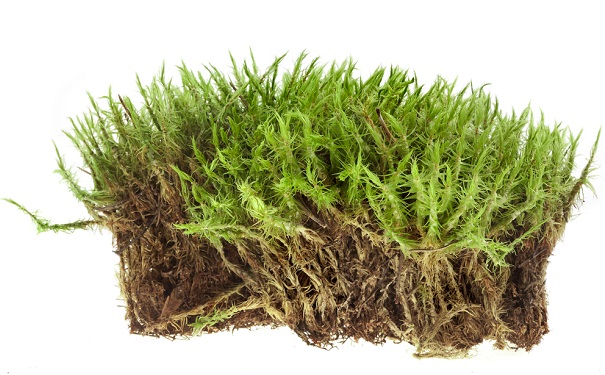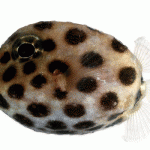
Moss growth rates vary according to water variability, giving a clue to environmental and climate change. Image: Shutterstock
Atmospheric radiocarbon absorbed by the mosses during 1950s and 60s nuclear tests indicate significant climate change in East Antarctica.
The spikes in radiocarbon (14C) are still detectable in mosses 50 years after the tests, according scientists from the University of Wollongong (UWO) and the Australian Nuclear Science and Technology Organisation (ANSTO). These bomb spikes can be used to track the growth rates of the moss, which varies according to water availability.
“Once we found out that they could be dated, we knew that they were preserving the carbon signature of each season along the shoot,” said UWO Professor Sharon Robinson. “We suspected that could tell us about water availability during growth.”
The researchers collected samples of moss from four different sites around the Windmill Islands region, near Casey Station in East Antarctica, and analysed them using modern radiocarbon dating at the STAR accelerator mass spectrometry facility at ANSTO. Professor Robinson said the key to the method was the radiocarbon dating, as there is a peak of (14C) from the pulse.
This enables researchers to accurately date variations in moss growth from the 1950s. “If the bomb pulse is 20mm from the top of the shoot we know that part of the moss was growing in the mid 1960s and we can date from then really well,” said Professor Robinson.
“The next challenge is to get accurate dates for the older parts of the shoots, but our colleagues at ANSTO think we can do that.”
The researchers then determined whether the growth had changed over time and how this correlated with changes in air temperature, ozone depth and wind speed. The stable isotope measures provided the strongest evidence for changes in water availability as the key driver of growth rate changes.
All four moss cores had experienced a decline in growth rate since the 1980s. “Our results suggest this is most likely due to a drying trend caused by increased wind speeds around the coast of Antarctica (linked to the ozone hole).
“Stronger winds dry the moss beds out and probably make the growing season shorter. Since it is only 4-8 weeks long anyway this could have a big impact on growth.”
Other studies suggest that these increased wind speeds, which are influenced by the ozone hole and to a lesser extent greenhouse gases, are having other impacts such as increased salinity of Antarctic lakes. There is also increasing evidence that ozone-linked wind changes will be very important for the Southern Hemisphere.
Source: the Australian Antarctic Division.






